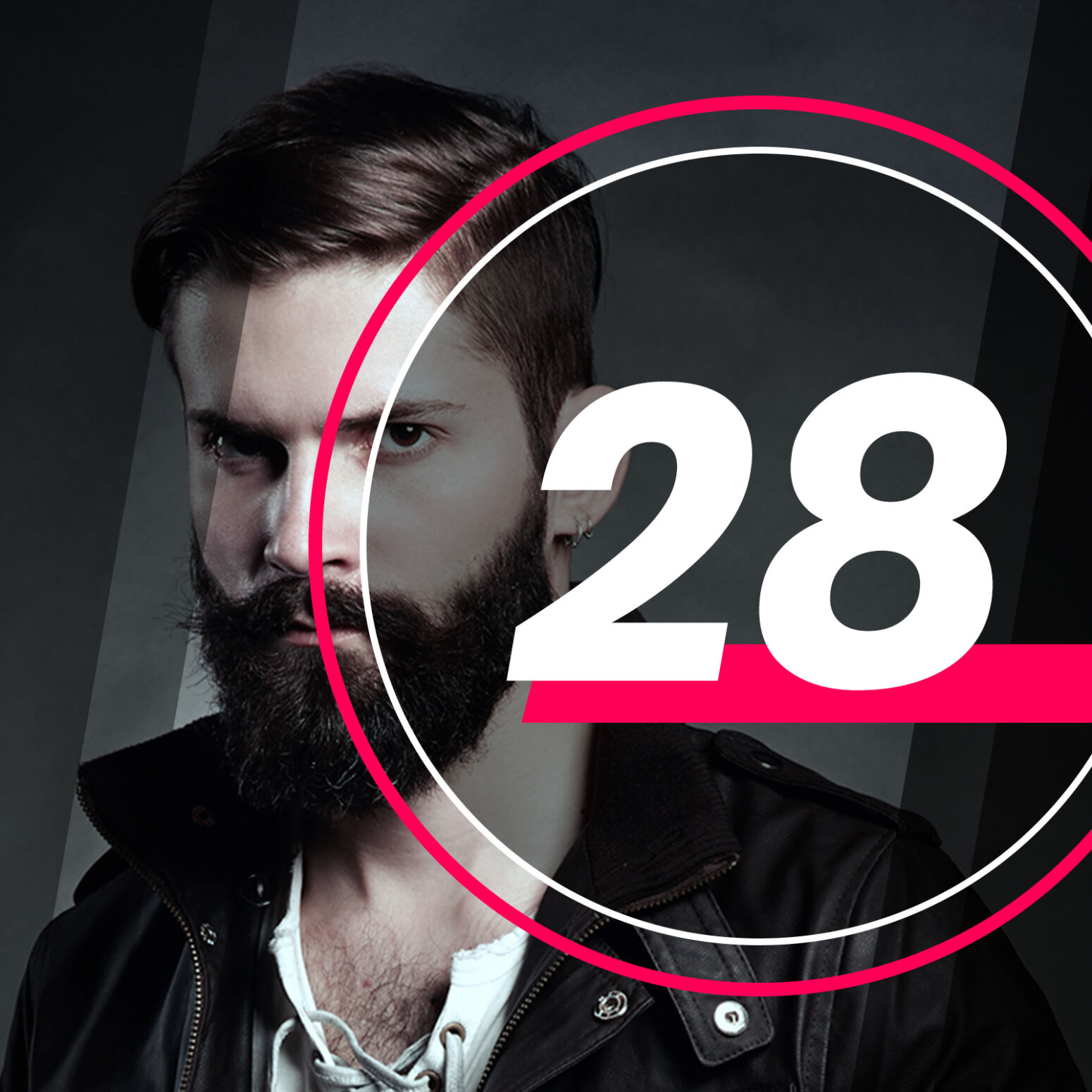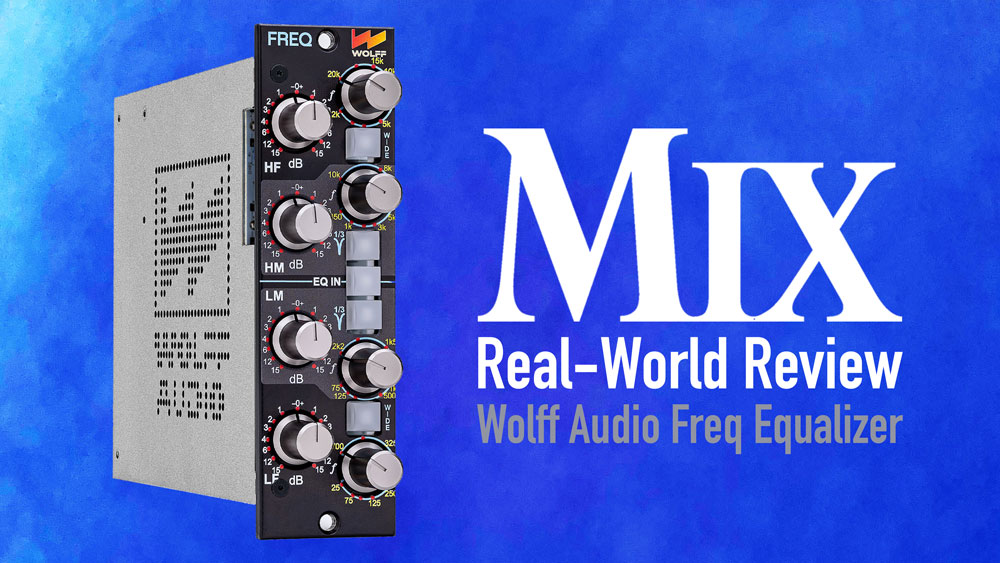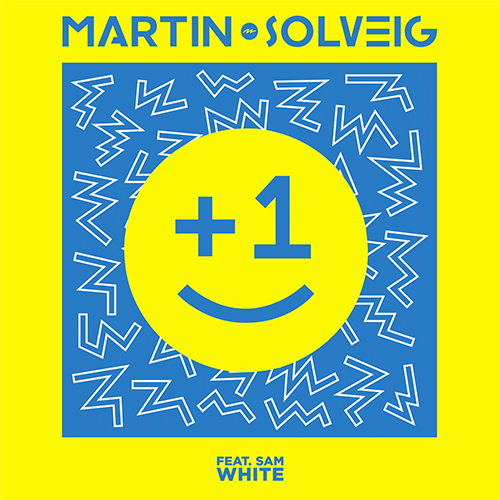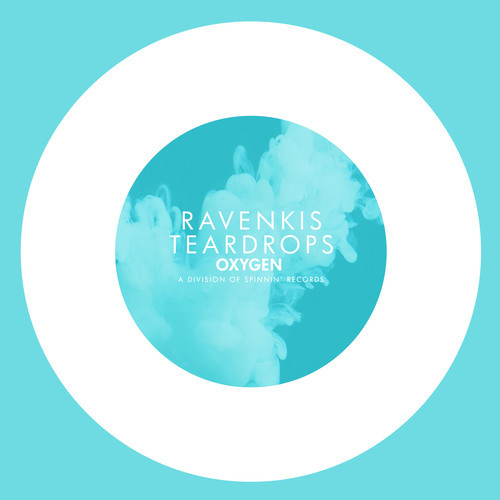-
 play_arrow
play_arrow
Clubalicious Clubalicious Radio
-
 play_arrow
play_arrow
London Calling Podcast Yana Bolder

| MIX VERDICT: WOLFF AUDIO FREQ EQUALIZER |
| THE TAKEAWAY: “Paul Wolff’s Freq Equalizer 500 Series Module is the Everything EQ, and I would recommend a pair of them at any time to anyone.” |
| COMPANY: Wolff Audio • www.wolffaudio.com PRICE: $787 MSRP MOST IMPRESSIVE FEATURE: Equalizer packs a lot of versatility and power into a single-slot 500 Series module. |
The Freq Equalizer 500 Series Module from venerable designer Paul Wolff offers a unique take on the four-band proportional-Q equalizer. He calls it an “everything EQ,” useful in all equalization applications, from subtle and very smooth tonality changes, to a precision tracking EQ for solving problems by using deep, 1/3-octave, hi-Q notches, or for when you’re looking to apply more “colorful” boost/cut effects.
The Q of a proportional-Q equalizer tracks the amount of boost or cut applied. Big boosts/cuts cause the width to narrow, while lesser boost/cut will widen out. All four bands are proportional-Q equalizers, with the high-and low-frequency sections switchable to very low-Q bell-shaped curves, Wolff ’s version of a shelving EQ.

The Freq Equalizer uses a custom Cinemag blended nickel/steel core output transformer; it’s specified at +28 dBu maximum output. The makeup amplifiers driving the transformer are a custom quad power circuit using four OPA2134s, which can be modified with discrete op-amp modules, if preferred. Freq has a bypass switch mounted between the 1/3-octave switches on the High Mid-range and Low Mid-range sections. All switches on the Freq trigger relays for extended life—goodbye forever to noisy, crackly switches.
Freq’s front-panel controls are familiar to any engineer/producer who has worked with single-slot 500 Series modules, with its four continuous frequency controls and four boost/cut knobs.
Starting from the top is a high-frequency shelving-like EQ section that is variable from 2 kHz, at full clockwise, to 20 kHz at counter-clockwise, with up to ±15 dB boost/cut. The companion low-frequency section EQ, also with ±15 dB boost/cut, has a frequency range of 25 Hz at full CW and up to 700 Hz at CCW. Both high and low bands are 1/3-octave wide, with boosts/cuts up to 15dB.
I like that the boost/cut controls on all four bands have solidfeeling center-detents at 0 dB, and selecting the desired frequency, from high to low, gives the same assurance. This consistency makes these controls easy to find and adjust in the dim lighting of the studio. In my control room, I have them in an eight-slot Wolff Audio Bucket rack at arms-length from the mix position, making them easy to adjust while I remain between my monitors.
WIDE MODE
One of the Freq’s unique features involves the blue-lit Wide buttons for both the High and Low EQ sections. When switched in, those sections’ proportional-Q EQs become 2.5-octave-wide, fixed-Q, bell-shaped equalizers. You can instantly audition between a wide peaking equalizer and a proportional-Q EQ at the same frequency. I found this feature to make Freq an excellent tracking unit when recording drums, keyboards and vocals. You have options!
In Wide mode with a fixed Q, big boosts or cuts are gently rolled off starting at the EQ’s center frequency. This prevents unwanted boosts (using a traditional shelf) of super-high or super-low frequencies from clipping Freq’s output, and/or the following processors in the chain after it. You may not immediately hear this distortion.
The midrange frequencies are split into two sections that overlap both the High and Low sections. The High Mid-range section sits just below the high-frequency section and has a range of 350 Hz to 10 kHz. Directly below is the Low Mid-range, which goes from 75 Hz to 2 kHz. Both sections have their own fixed-Q 1/3-octave switches, with the default position (switch not lit) being proportional-Q.
When the 1/3 notch buttons are engaged on either midrange section, the Q changes to a fixed 1/3-octave, making them useful for setting a notch at a specified frequency. Because the two midrange sections overlap each other, as well as the Hi and Low EQs, it is possible to cut one frequency and at the same time boost the same frequency, the cut being narrow and the boost being wide. This is like an old Pultec EQ trick familiar to veteran engineers.

IN THE STUDIO
I first brought up the Wolff Freq Equalizer for a kick drum track in a mix. The drum did not “mesh” well with the bass guitar, which was double-tracked with an octave-up fuzz bass. I wanted the kick to have more subsonic push without sounding boomy.
On the kick track, I boosted 2 to 3 dB at about 30 Hz using Wide mode, and then also in Wide mode, in the HF section, I added 2 to 3 dB at 5 kHz for a little brighter, beater attack. I followed Freq EQ with a UREI 1176LN with fast Attack and Release and a 4:1 ratio, its meter reading about 3 to 5 dB of max gain reduction. The biggest help came from the Freq’s Low Mid-range section, where a deep, 1/3-octave 10dB notch at 1.2 kHz cleared out some space to allow the bass’ fuzz tone to be heard. I could “tune in” this notch easily as it sliced through the kick drum’s cardboard sound.
Next, I wanted to see how Freq handled lead vocals. I used two Freqs on the lead vocal track and another on a copy (multiple) of the same vocal. One of the problems was to figure out the big tonal difference when the singer switched from a natural male vocal range, which sounded dark in the verses but tended to be shrill when he went to full voice in the choruses. After the verse and chorus vocals were moved to individual tracks, I roughly automated levels and the channel-switching.
Telefunken Elektroakustik TF17 — A Mix Real-World Review
For the choruses, Freq #1 HM section in Wide mode was excellent in locating a pesky, harsh midrange peak frequency in the choruses, and then switching it to a 1/3-octave notch at 3 kHz. I also added +2 dB starting at 10 kHz Wide, just above the “S” area using Freq #1. But I could not leave that EQ setting on during the verses.
Freq #2 was for the dark-sounding verses, where I kept the 10 kHz Wide boost but less of it. I used the LF section for a high-pass filter starting at 200 Hz set to -2 dB. The dark sound was solved by using the two midrange sections, with the LM section cutting about 1.5 dB at 500 Hz and the HM section boosting about 2 dB at 3 kHz.
All this processing might sound excessive, but by using broad, low-Q peaking EQs and minimal wide boosts, the result was a new clarity and a forward-sounding lead vocal that could take on a following compressor or limiter.
ON THE STEREO BUS
Finally, I wanted to try setting up a pair of Freqs as a stereo bus equalizer. For me, a stereo EQ on the stereo bus is a sacrosanct position, with the responsibility of finalizing and shaping the entire mix’s sound. I usually insert it before the stereo compressor, especially when readying a mix for mastering, streaming or mix approval.
A well-mixed song with good performances and well-recorded instruments needs only subtle polishing. The Freq’s four bands could start with gentle high and low proportional boosts. The two midrange sections are useful for scooping out or bringing up the midrange or boosting frequencies with very broad bell-shaped EQ curves. Paul Wolff’s Freq Equalizer 500 Series Module is the Everything EQ, and I would recommend a pair of them at any time to anyone.
Written by: Admin
Similar posts
Recent Comments
No comments to show.Featured post

Latest posts
Current show

Uplifting Only
Ori Uplift
Abora has enjoyed success in the broader EDM music world too: Since 2012, Abora has won the Future Favorite on Armin van Buuren's A State of Trance 13 times, more than any label except Armin's Armada itself.
closeUpcoming shows

Fresh Is Fresh
THIS WEEKS HOTTEST DANCE RELEASES FROM DEE JAY PROMOTIONS
02:00 - 07:00
Stardust
Bergwall
07:00 - 08:00
Finnish Dance Chart
Top 40 Hottest Dance Tracks In Finland
09:00 - 11:00
Fresh Is Fresh
THIS WEEKS HOTTEST DANCE RELEASES FROM DEE JAY PROMOTIONS
11:00 - 16:00
Stereo Productions
Chus Ceballos
16:00 - 17:00Chart












